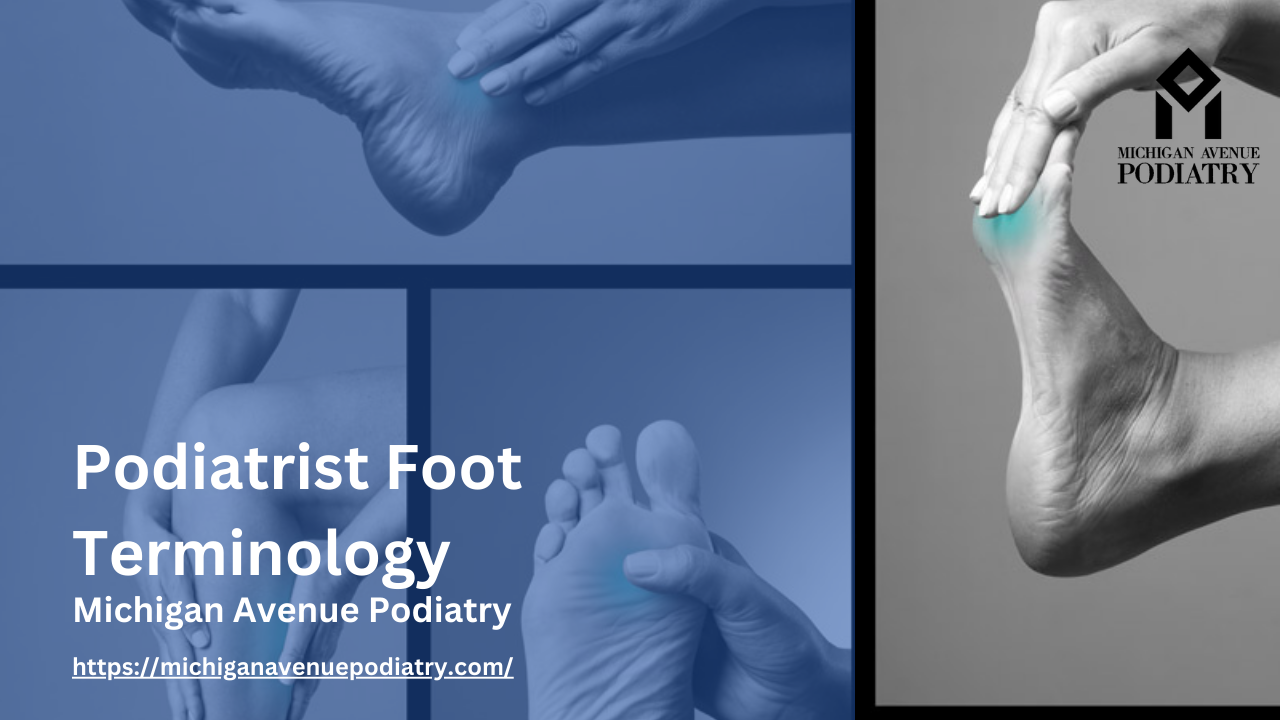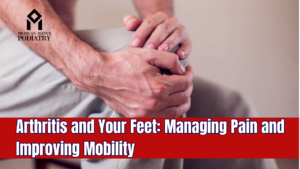Have you ever visited a podiatrist and found yourself nodding along as they rattled off a string of unfamiliar terms? From pronation to plantar fasciitis, the world of podiatry is filled with specialized terminology that can leave even the most health-savvy individuals scratching their heads. Fear not! In this guide, we’ll decode some of the most common foot-related jargon, empowering you to better understand what your podiatrist is talking about and take charge of your foot health.
Podiatrist Foot Terminology 101
Pronation and Supination:
Let’s start with two terms you’ve likely heard tossed around pronation and supination. Pronation refers to the inward rolling motion of the foot during normal walking or running, helping to absorb shock and distribute pressure evenly. On the other hand, supination is the outward rolling motion that occurs during the push-off phase of the gait cycle. Understanding these terms is crucial for assessing foot mechanics and addressing issues like overpronation or underpronation.
Plantar Fasciitis
One of the most common foot conditions, plantar fasciitis, is often accompanied by intense heel pain, especially in the morning or after long periods of rest. But what exactly is the plantar fascia? This thick band of tissue runs along the bottom of the foot, connecting the heel to the toes and providing support to the arch. When strained or inflamed, it can result in the debilitating pain characteristic of plantar fasciitis.
Metatarsalgia
Metatarsalgia is another term you might encounter in discussions about foot pain. It refers to inflammation and pain in the ball of the foot, typically caused by overuse, high-impact activities, or ill-fitting footwear. Understanding the underlying factors contributing to metatarsalgia can help pinpoint the cause of discomfort and guide treatment strategies.
Bunion
Bunions are bony protrusions that form at the base of the big toe, often resulting from prolonged pressure or improper foot mechanics. While they may seem like a mere cosmetic concern, bunions can cause significant pain and discomfort, affecting mobility and quality of life. Learning about the factors that contribute to bunion formation can help prevent their development and alleviate symptoms.
Morton’s Neuroma
Ever experienced a sharp, burning pain in the ball of your foot or between your toes? You might be dealing with Morton’s neuroma, a condition characterized by thickening of the tissue around a nerve leading to the toes. Understanding the symptoms and triggers of Morton’s neuroma can aid in early detection and prompt intervention to relieve discomfort.
Conclusion
By demystifying common podiatry terminology, we hope to empower you to have more meaningful discussions with your podiatrist and make informed decisions about your foot health. Whether you’re dealing with chronic foot pain or simply seeking to prevent future issues, understanding the language of podiatry is the first step toward achieving happy, healthy feet.




